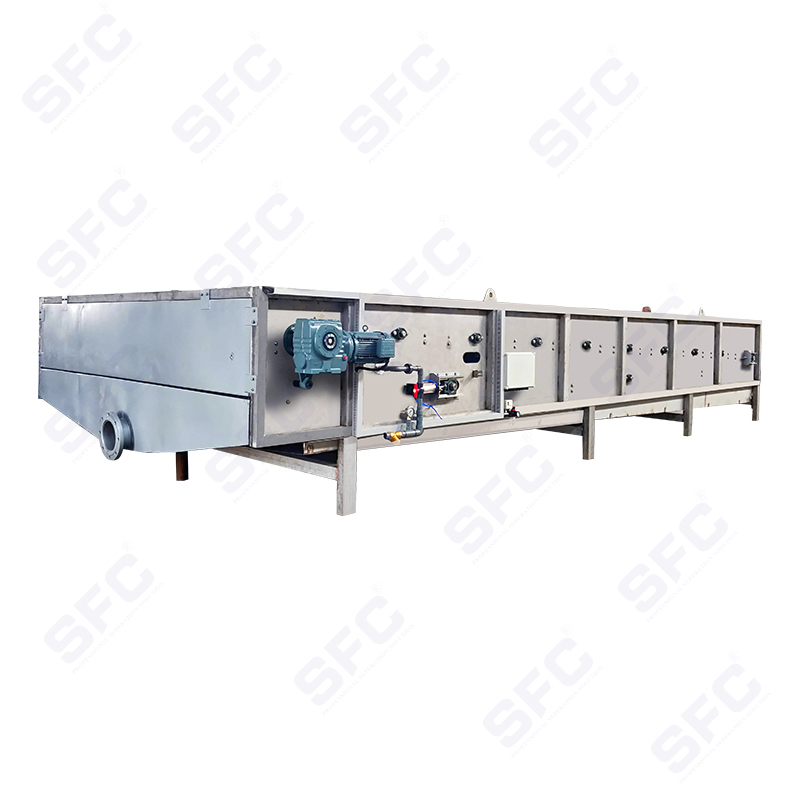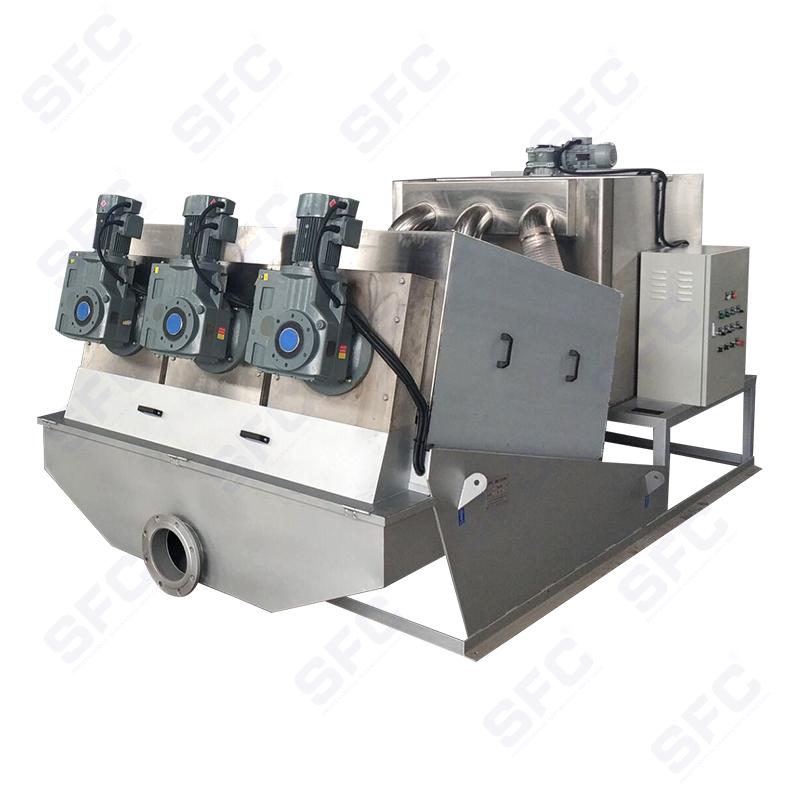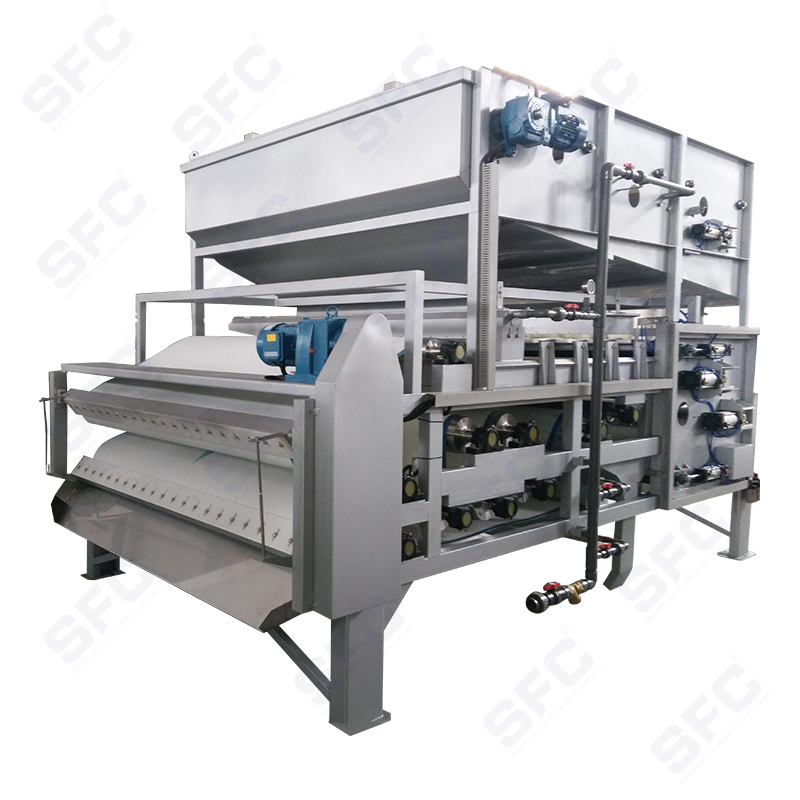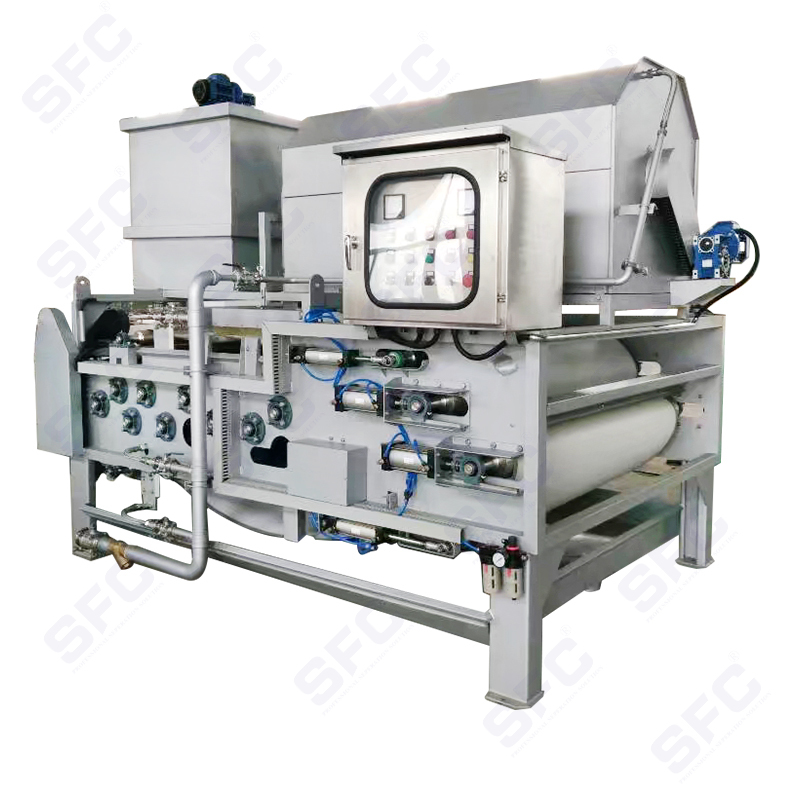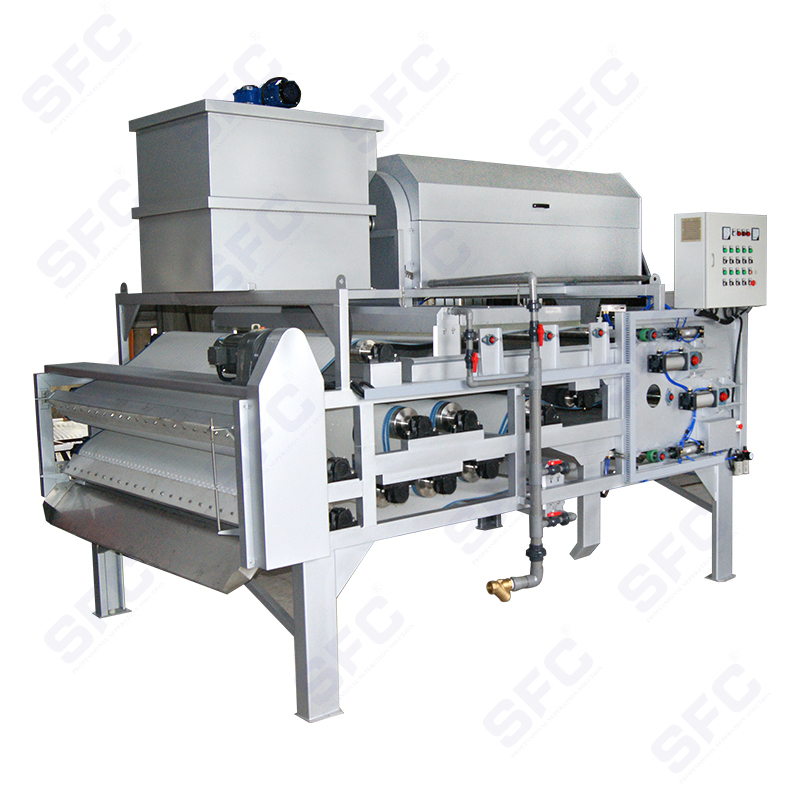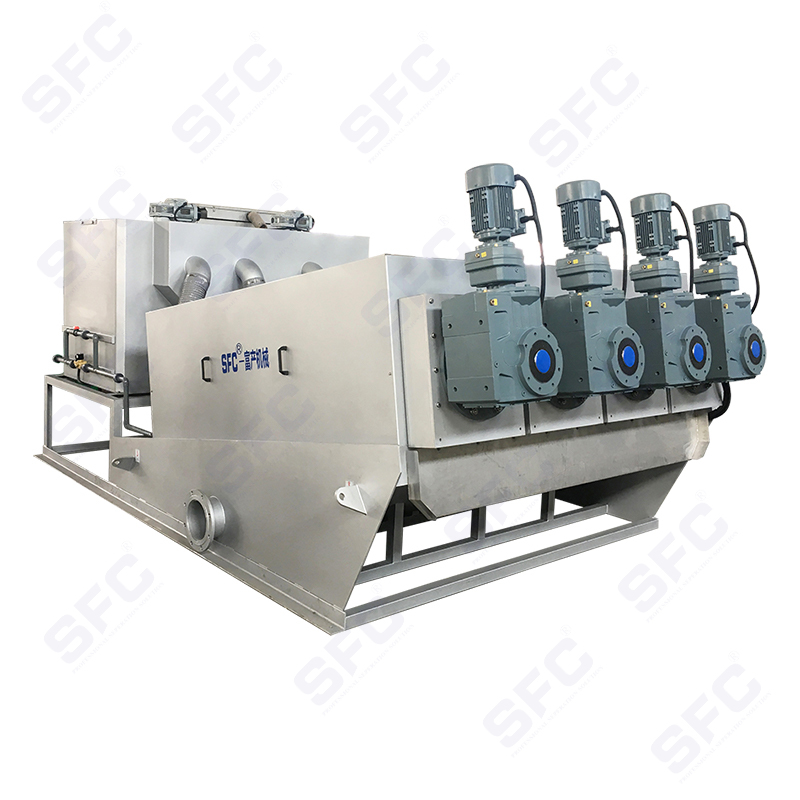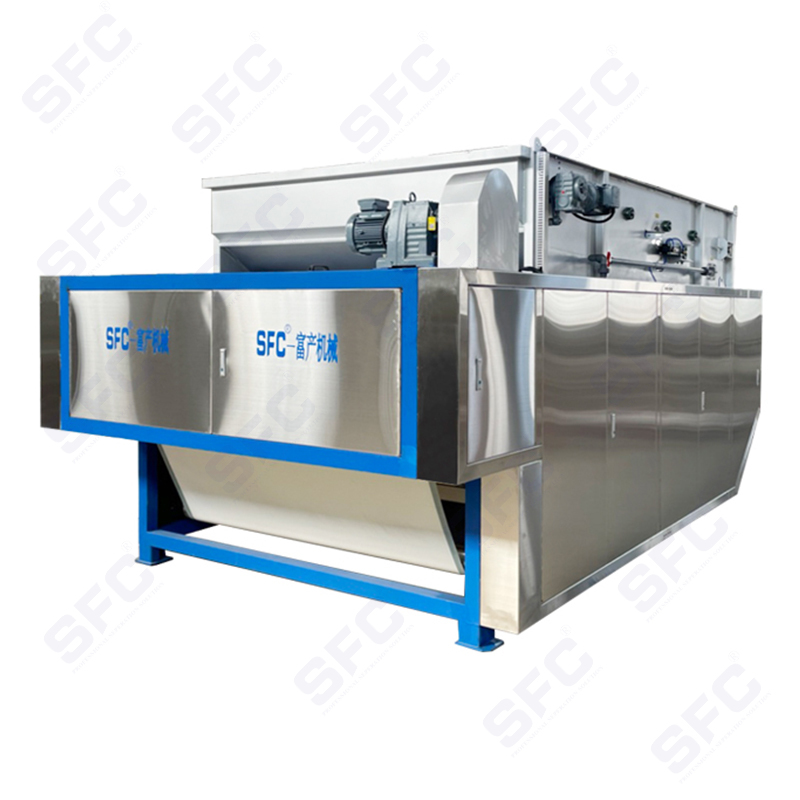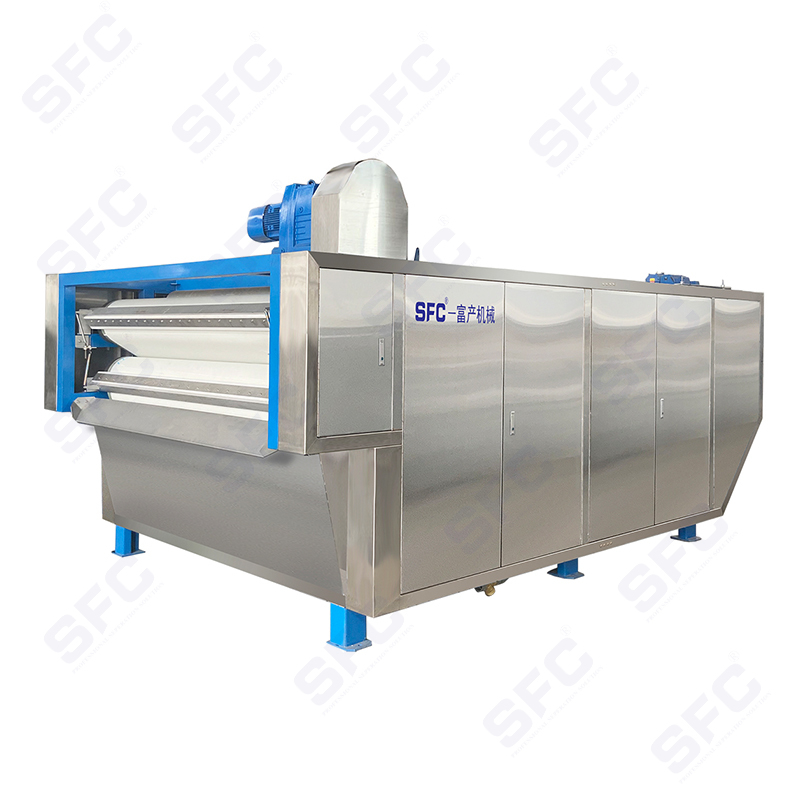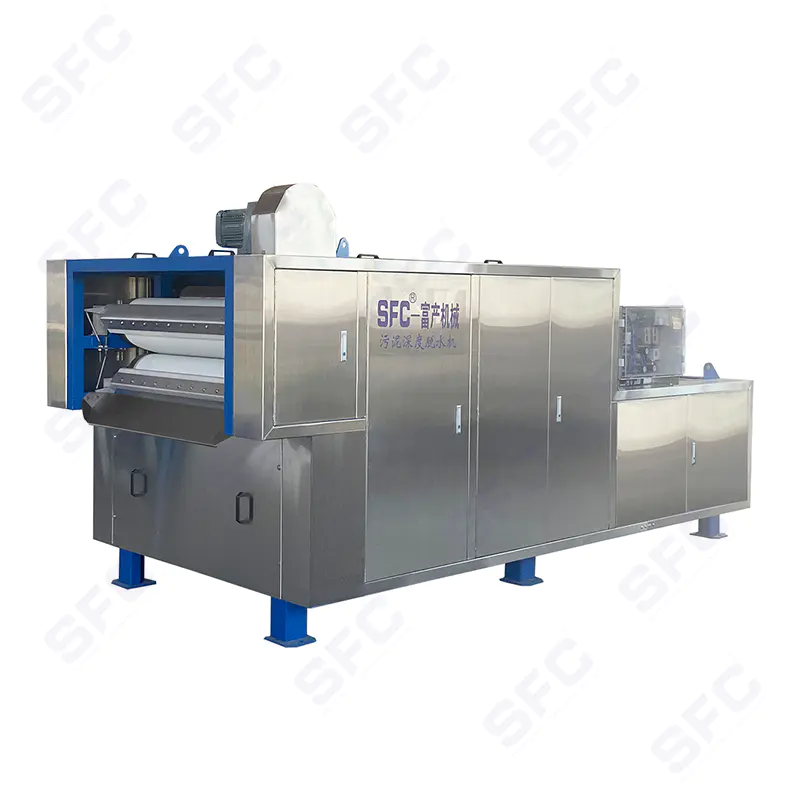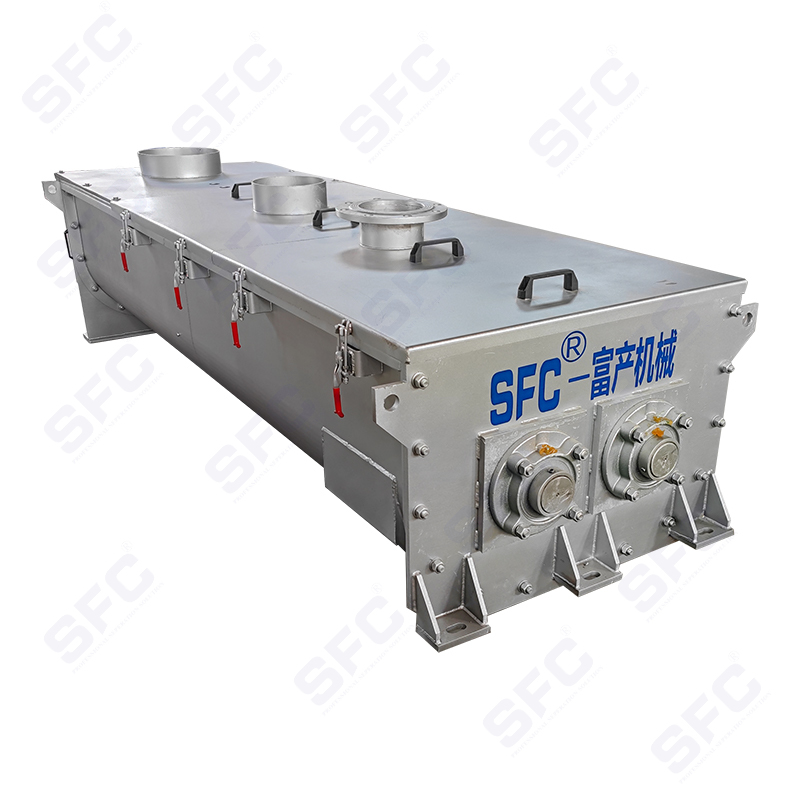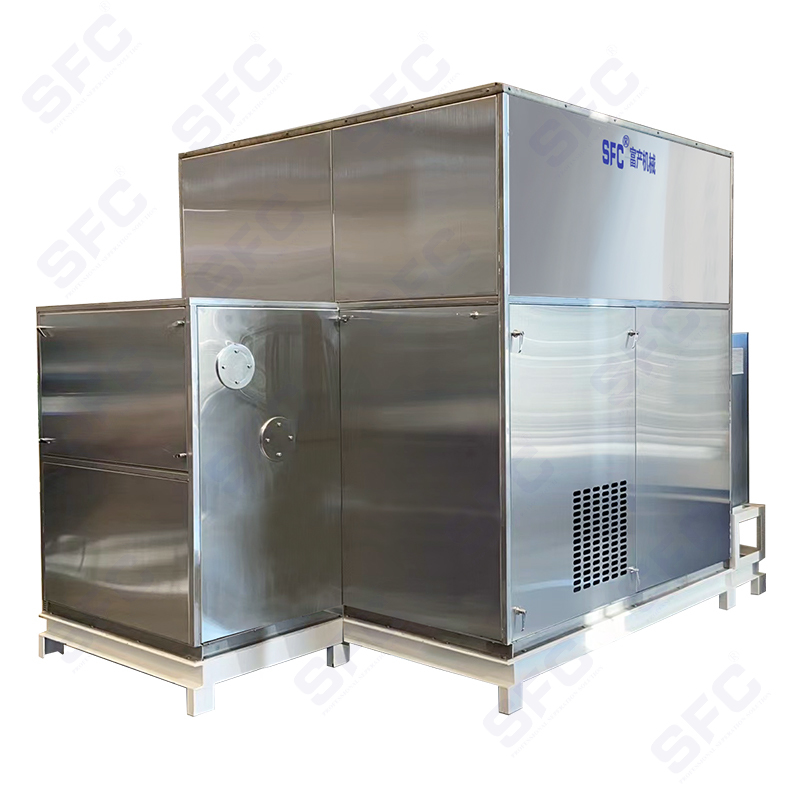What Is Sludge Thickening Equipment and How Does It Improve Wastewater Treatment Efficiency?
Sludge thickening equipment is a critical part of modern wastewater treatment plants, designed to increase the solids content of sludge before further processing or disposal. By reducing the water content in sludge, this equipment not only minimizes storage and transportation costs but also improves the efficiency of downstream processes like digestion, dewatering, and incineration.
In industries ranging from municipal wastewater management to paper manufacturing and food processing, sludge thickening has become an essential step in maintaining environmental compliance and operational costeffectiveness.
Why Is Sludge Thickening Important?
When wastewater is treated, solid particles are separated from the liquid phase. These solids, known as sludge, typically contain over 95% water in their raw form. Transporting and treating sludge in such a diluted state is highly inefficient.
Sludge thickening reduces the volume by increasing the solids concentration—often from around 0.5–1% up to 4–6% for primary sludge, and 2–4% for secondary sludge. This reduction in volume results in:
Lower sludge handling and transport costs
Smaller downstream equipment requirements
More efficient digestion and dewatering processes
Lower energy consumption during final disposal
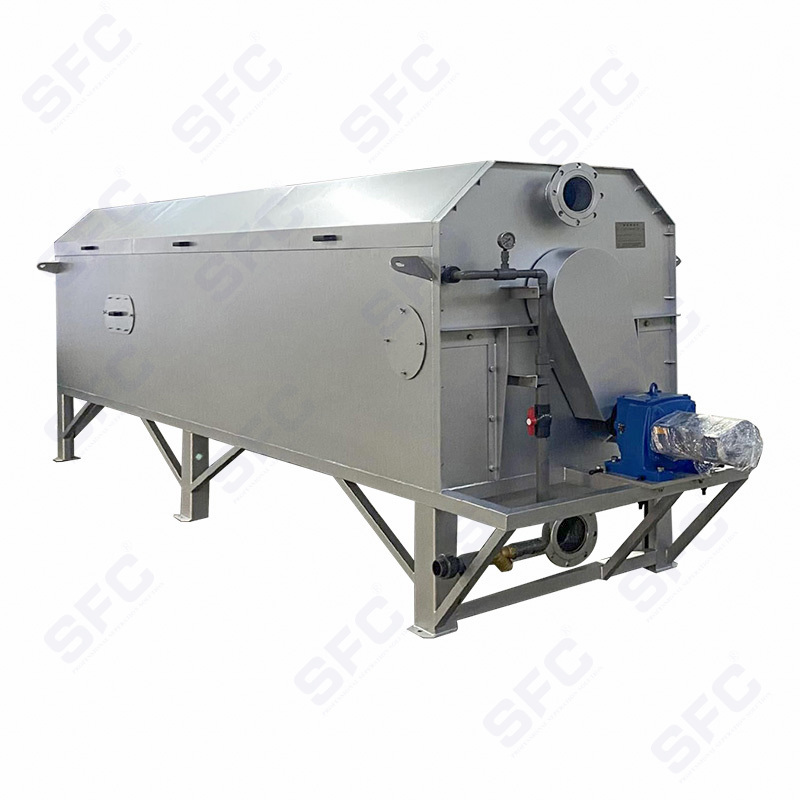
Types of Sludge Thickening Equipment
Different technologies are used depending on sludge characteristics, plant size, and budget. The most common types include:
1. Gravity Thickeners
Large circular tanks where sludge settles by gravity.
Suitable for primary sludge and plants with large land availability.
Simple operation but requires more space.
2. Dissolved Air Flotation (DAF) Thickeners
Fine air bubbles attach to sludge particles, causing them to float to the surface for removal.
Ideal for light, oily, or fineparticle sludge.
Requires chemical addition for better performance.
3. Rotary Drum Thickeners
Sludge is gently rotated on a screened drum, allowing water to drain.
Compact and easy to operate.
Often used for waste activated sludge (WAS).
4. Belt Thickeners
Uses a moving belt to squeeze water out of sludge.
Continuous operation, low energy use.
Suitable for mediumtolarge plants.
5. Centrifugal Thickeners
Highspeed rotation separates solids from liquids.
Handles large volumes with high efficiency.
Higher energy consumption compared to gravitybased methods.
Comparison of Common Sludge Thickening Equipment
|
Type |
Solids Output |
Footprint Requirement |
Energy Consumption |
Ideal For |
|
Gravity Thickener |
Low–Medium |
Large |
Low |
Large municipal plants |
|
DAF Thickener |
Medium–High |
Medium |
Medium |
Oily or fine sludge |
|
Rotary Drum Thickener |
Medium |
Small |
Low |
Waste activated sludge |
|
Belt Thickener |
Medium–High |
Medium |
Low |
Continuous operation plants |
|
Centrifugal Thickener |
High |
Small |
High |
Highcapacity industrial plants |
Key Features to Look for in Sludge Thickening Equipment
When selecting sludge thickening equipment, consider the following factors to ensure optimal performance:
Capacity and throughput – Match the machine to the expected sludge volume.
Sludge type compatibility – Different sludge types require specific equipment designs.
Automation level – More automation can reduce labor costs but may increase initial investment.
Energy efficiency – Balancing performance with operational costs is crucial.
Maintenance requirements – Lowmaintenance designs reduce downtime and longterm costs.
Benefits of Modern Sludge Thickening Technology
Cost savings: Lower hauling and disposal expenses.
Energy efficiency: Reduced water content means less energy for drying or incineration.
Environmental compliance: Helps meet stricter wastewater discharge regulations.
Space efficiency: New compact designs save valuable plant space.
Operational reliability: Modern automation improves consistency and reduces operator error.
Future Trends in Sludge Thickening Equipment
Advancements in sludge thickening are focusing on:
Energy recovery: Integrating thickening with anaerobic digestion for biogas production.
Smart monitoring: IoTenabled sensors for realtime sludge quality tracking.
Ecofriendly designs: Reduced chemical usage and higher water recycling rates.
With growing global emphasis on sustainable wastewater treatment, sludge thickening equipment will continue to evolve to meet both environmental and economic demands.



 English
English Español
Español
